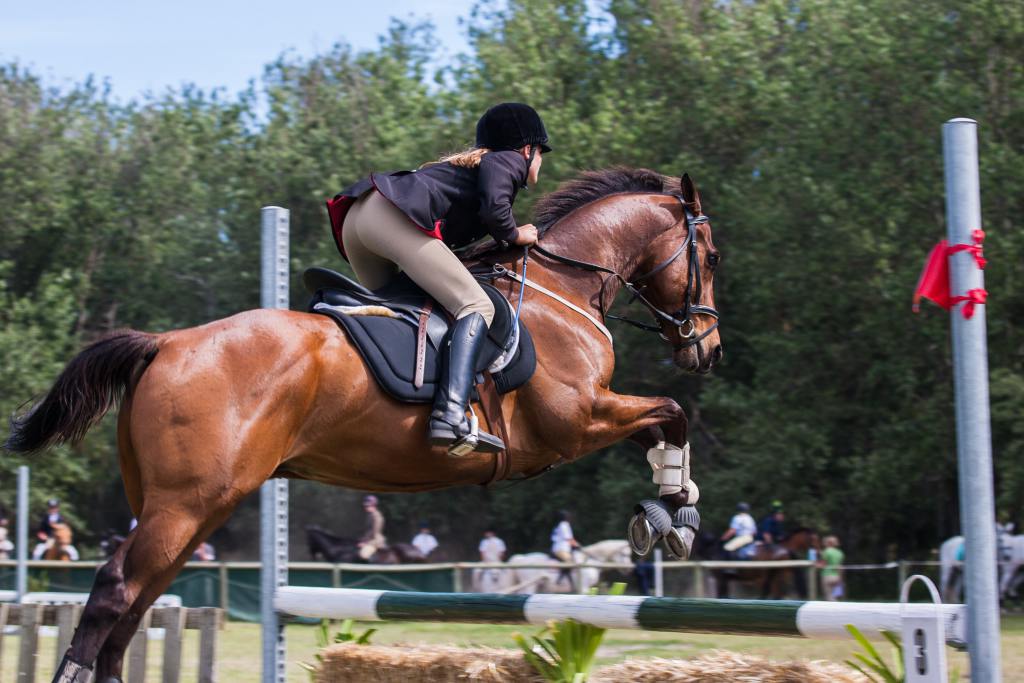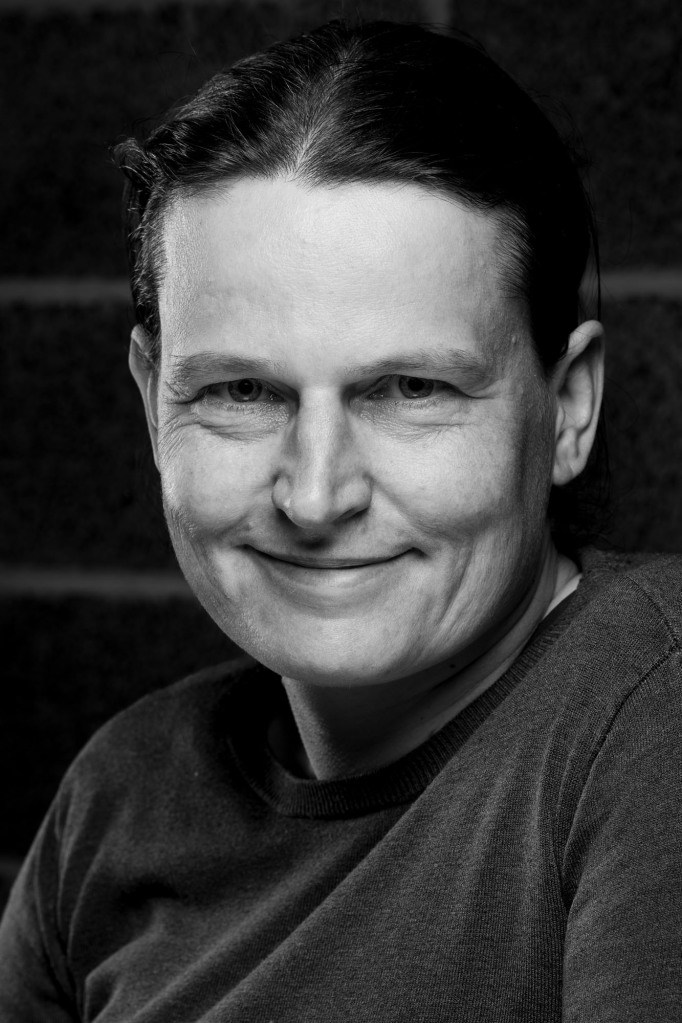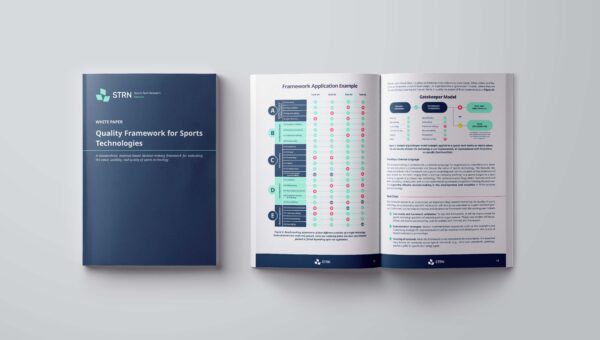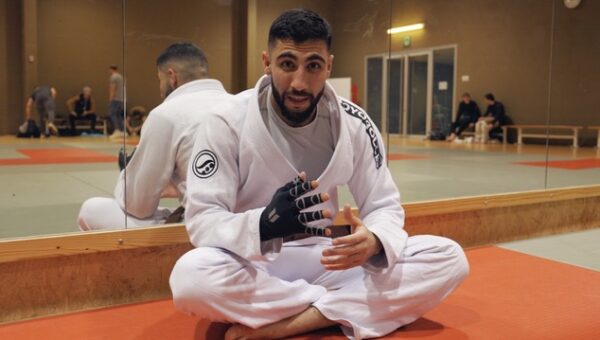Horseback riding is the team sport ‘par excellence’ which requires good fitted saddles. When saddles do not fit properly for both the horse and rider, injuries can occur (to both). That’s why HorSize wants to reduce the number of ill-fitting saddles and equitation related injuries in horse and human by determining for which horse shapes and sizes particular saddles need to be produced and selected.
Who is behind the HorSize project?
The multidisciplinary HOGENT project team is composed of researchers from various centers FTILab+ (Fashion and Textile Innovation Lab) and CADS (Centre for Applied Data Science). Annelies Van den Eede is a Victoris member and a veterinarian-PhD with scientific & practical knowledge of the equine industry. She is also a rider, horse owner, trainer, owner of a horse stable and breeding farm, Master Saddle Fitting Consultant (MSFC; saddle fitter) and coordinator of practice-based research on the conformation of horse backs as a function of saddle production and fitting. Together with a professional from the saddle industry, a professional rider, an engineer in electricity/electronics and an expert in statistical data processing with thorough experience in industrial product and process development, they all together form the perfect team for this project.
It is a possible option that a spin-off be started from this project, among some other alternatives. No specific realization is in the pipeline yet.
What problem does HorSize solve?
The horse industry is globally branched and financially strong. The saddle is an essential link between rider and horse. It affects safety, performance and well-being of both parties. However, saddle manufacturing and fitting is often artisanal and traditionally inspired.
As the equestrian sport becomes more and more demanding, professional and international, financial interests are becoming more and more important as well. The horses themselves, but also requirements of stakeholders in the saddle production chain have changed significantly. There are three main stakeholder groups: the producer, the sports coaches and the end users. They each differ in their level of knowledge regarding saddles and saddle fitting. They have different needs regarding tools and education with regards to the use of the measurement systems and the interpretation of the data coming out of them. As a result, there’s a clear need for tools tailored to the different stakeholders, with the common objective to make saddle production and selection for modern sport horses more efficient.
How can saddle production and selection become more efficient?
There is a need for correct size charts for the industry. Firstly, measuring the withers of horses should become easier & more reliable with modular measuring devices. In current times, measuring and record keeping also need to be sustainable and preferably digital.
One of the solutions HorSize intends to offer to the production sector is enhanced adaptation of production related to the market potential. By building a database of equine measurements, together with the industry, it will be possible to steer and adapt saddle production to current conformational requirements of equine (sub)populations. Previous research allows for the rather quick creation of equine back size charts (‘the back shapes and sizes’ of our horses).
In addition the team wants to create tools to measure horses correctly during in-field circumstances. Providing digital sizes from these measurements, will allow for widespread digital communication in a strongly international oriented industry. By co-developing these tools with the different stakeholders, each group will be provided with practical & reliable measuring options which in itself provide the data they actually need, e.g. ‘exact detail measurements (saddle maker)’ vs. ‘your saddle is way to narrow (horse owner)’. Stakeholder-oriented education concerning each tool can then be provided as well.
The multidisciplinary ‘sustainable equitation’ research team of FTI-Lab+ (HOGENT) has built expertise on ‘in the field’ equine withers measurements & population wide conformational analysis. Together with the stakeholders in the saddle industry (production, fitting, riding, training, (para)veterinary,…) they aim to reduce the number of ill fitting saddles by 1/ charting the shapes and sizes of modern equine backs and 2/ by developing robust, affordable & reliable ‘in the field’ measuring tools adapted to the different stakeholder’s needs.
The biggest advantage of this project can be found in the co-development of conformational knowledge and measuring tools; co-development of both goals together and with the ‘saddle industry’ as a whole.
Annelies Van den Eede
What are the next steps for HorSize?
The next steps are to adapt our digital communication & follow-up tools for size charting in the most user-friendly way. For us, this means adapted to modern professional standards (e.g. digital & international communication) and to the different stakeholder groups involved. Owners, for instance have different saddle related needs than saddle fitters, however, they all revolve around the same ‘shapes and sizes’ of the equine back. A user-friendly ‘from horse to saddle production’ interface allowing trustworthy communication and follow-up of back sizes would make all equestrian lives easier: starting from the rider all te way to the saddle maker in his/her shop.
For this we are constantly working on/looking for collaboration with different stakeholder groups. Let’s do it for the horse & industry: working all together on understanding each other & our saddles better. We want to help all partners ‘from horse to saddle’ to enhance ‘shapes & sizes communication’ and mutual understanding between partners. If you are interested, don’t hesitate to contact Annelies Van den Eede!
For all your general questions, contact us through our website!






